Description
IQ SensorNet TriOxmatic Probes
Digital Dissolved Oxygen (DO) Sensors with TriOxmatic® Technology
This document provides an overview of digital electrochemical DO sensors featuring TriOxmatic® electrodes, designed for use with IQ SensorNet terminals.
Introduction
Dissolved oxygen (DO) is a crucial parameter in various aquatic environments, including wastewater treatment. These sensors utilize an electrochemical method to measure DO concentration accurately.
Electrochemical DO Measurement
The electrochemical method relies on several key components:
Semi-permeable membrane: Allows oxygen to diffuse into the sensor while preventing other elements from entering.
Anode and cathode: Electrodes that generate a current proportional to the DO concentration.
Electrolyte solution: Conducts electricity within the sensor.
By measuring the electrical current, the sensor can determine the DO concentration. However, for accurate results, several factors are crucial:
Proper calibration: Ensures accurate measurements.
Flow past the membrane: Maintains a steady supply of oxygen to the sensor.
Cleanliness: Electrodes, electrolyte solution, and membrane require regular cleaning to avoid contamination.
TriOxmatic® Technology
TriOxmatic sensors incorporate a patented 3-electrode system for enhanced performance:
Potentiostatically driven: Maintains a constant voltage for stable measurements.
Three electrodes: Two silver and one gold electrode.
Non-current bearing reference electrode: Provides a stable reference point for accurate measurements.
“Live” anode: Generates the current for DO detection.
This 3-electrode design offers several advantages:
Improved signal stability: Leads to more precise DO readings.
Electrolyte monitoring: The system can warn when the electrolyte solution needs replacement.
TriOxmatic 700 Series IQ Sensors
The TriOxmatic 700 series offers a range of sensors with specific features:
SensReg function: Monitors electrolyte condition and alerts users for replacement.
SensLeak function: Continuously detects membrane leaks and triggers an alarm if one occurs.
Fouling resistant membranes: Minimize the impact of buildup on sensor performance.
No “break-in” period: Ready for use immediately after calibration.
No long-term drift: Maintains accuracy over extended periods.
Integrated lightning protection: Safeguards the sensor from electrical surges.
Digital sensor technology: Stores calibration data for reliable measurements.
Choosing the Right TriOxmatic Sensor
The optimal sensor depends on your specific application:
TriOxmatic 700 IQ (700 IQ SW available for seawater):
Universal sensor for wastewater treatment.
Rugged design with a durable membrane.
Suitable for biological purification stages and oxygen control.
Response time: T90 at 25°C in 180 seconds.
TriOxmatic 701 IQ:
Ideal for low DO concentration applications (e.g., denitrification).
Increased resolution and faster response times.
25-micron membrane ensures rapid response.
Response time: T90 at 25°C in 30 seconds, T99 at 25°C in 90 seconds.
TriOxmatic 702 IQ:
Designed for ultra-low DO measurements (ppb range).
Ideal for monitoring boiler feed water and drinking water purification.
Performance similar to 701 IQ but optimized for trace levels.
Additional Information:
For detailed technical specifications, refer to the “TriOxmatic Electrodes Technical Data” table under the “Ordering Info” tab.
Compatibility:
TriOxmatic sensors are compatible solely with IQ SensorNet terminals 282/284 and 2020 3G.
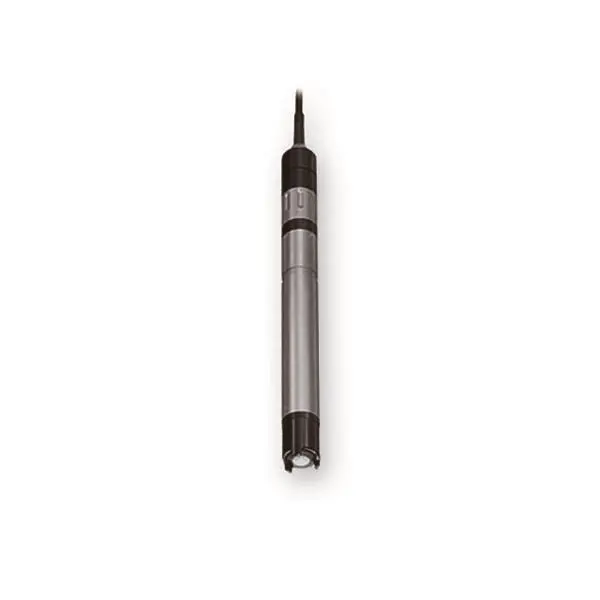

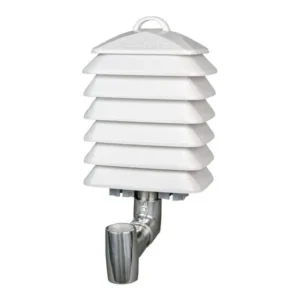
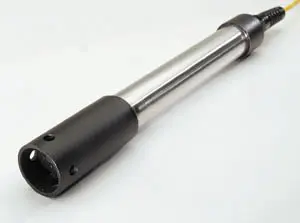
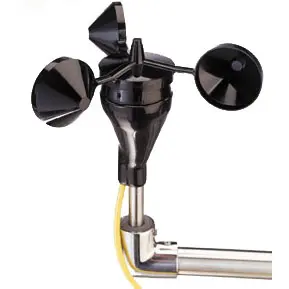
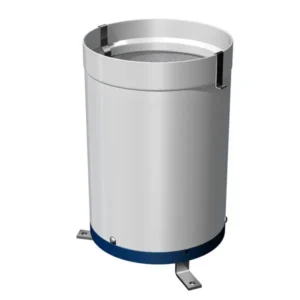
Reviews
There are no reviews yet.